Acoustics Capabilities
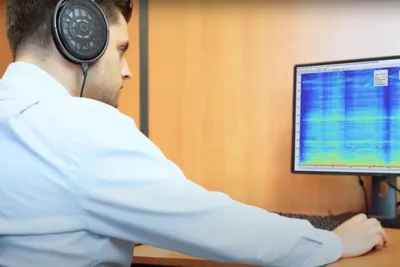
Listen to and Analyze Sound Quality
Based on real test measurement or acoustic CAE simulation, listen and separate the sound sources, to then analyze the sound and improve the sound quality.
Listen to and Analyze Sound Quality
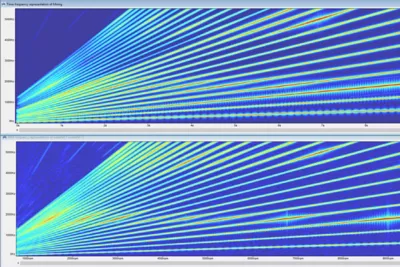
Optimize Engine Sound for E-Motor
E-motor optimization means you can simulate the noise radiated by the e-motor and optimize designs according to acoustic KPI or sound quality criteria.
Optimize Engine Sound for E-Motor
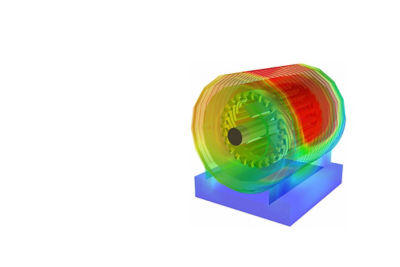
Listen to Mechanical and Fluids Simulations
Through vibro-acoustic and CFD simulations, you can listen to the sound of your virtual prototype and optimize the acoustic performance and sound quality at the beginning stages of the design process.
Listen to Mechanical and Fluids Simulations
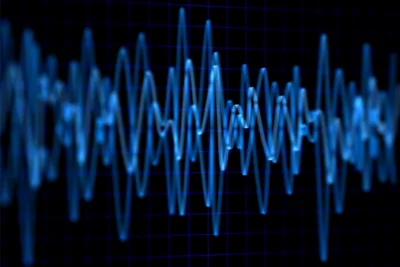
Evaluate Sound Perception with Jury Testing
Along with qualitative testing, acoustic design includes real-world perception—something Ansys evaluates with jury testing tool, with several psychoacoustic methods including statistical analysis.
Evaluate Sound Perception with Jury Testing

Active Sound Design for Automotive
Active Sound Design technologies can create an atmosphere to make the vehicle more alive, more attractive and safer thanks to audio feedback while driving. This is used for ICE engine cars and EV, including AVAS and ADAS sound.
Active Sound Design for Automotive
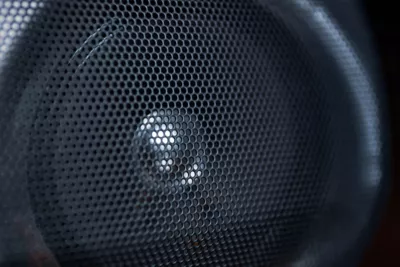
Component-level simulation to system-level rendering
Combining simulation results, lab measurements recordings and acoustic transfer path, you can listen to your product and each of the components of your system in a fully realistic environment, like a driving or flight simulator.




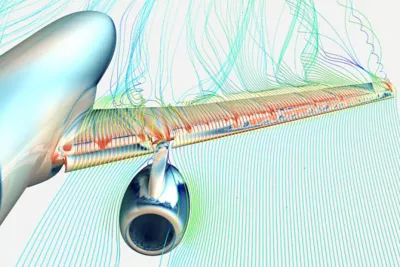
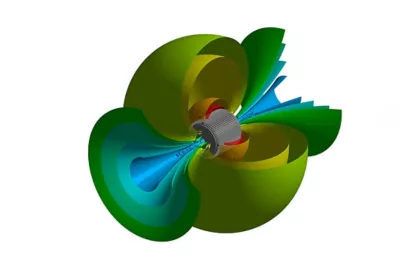

![Ansys-elite-channel-partner-horizontal-reversed[1]](https://www.ozeninc.com/uploads/2022/06/Ansys-elite-channel-partner-horizontal-reversed1.png)